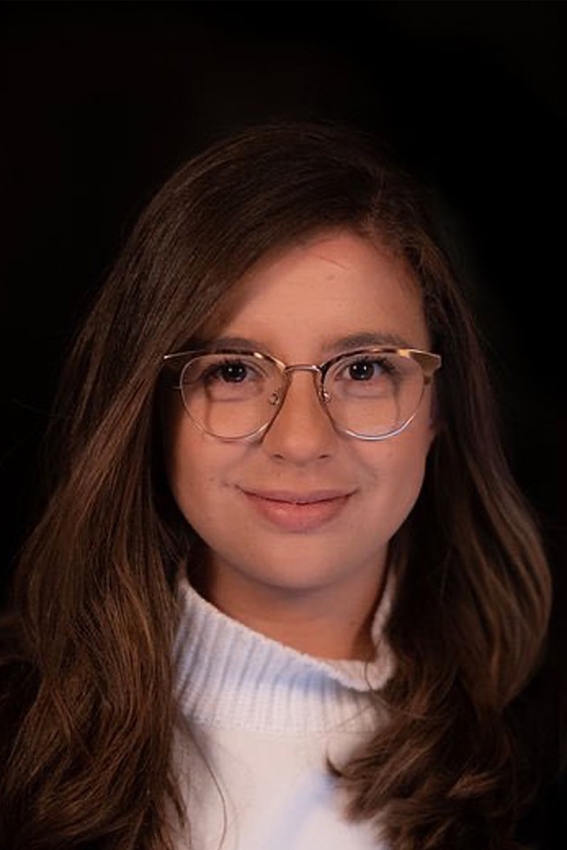2D inversion of 3D ERT data
Exploring the impacts of acquiring 2D electrical resistivity tomography (ERT) profiles on 3D geologic structures
2D inversion of 3D ERT data
- 6 months
- M.Sc.
90% Programming80% Field work10% Lab work60% Theory70% Processing60% Interpretation50% Geology
Understanding the subsurface geology is vital for a variety of disciplines, including near-surface environmental assessment, mineral exploration, and geotechnical engineering. Traditionally, three-dimensional imaging techniques such as 3D ERT have been utilized to gain insights into subsurface structures, for example, meandering channels. However, due to the associated costs, time constraints, and logistical challenges, acquiring full 3D datasets may not always be feasible. In such cases, resorting to the acquisition of 2D ERT lines can provide a practical alternative. Nevertheless, the limitations of this approach in capturing the complexity and accuracy of three-dimensional structures remain a subject of investigation. By comprehensively examining the acquired 2D ERT data and comparing it with existing 3D geological models, this study aims to shed light on the advantages and potential drawbacks of relying on 2D ERT lines for subsurface characterization. Furthermore, this research proposes the possibility of conducting fieldwork to test the effectiveness of 2D ERT in real-life scenarios. By acquiring 2D ERT lines in selected field sites with the presence of three-dimensional geological features, the study seeks to validate the applicability and accuracy of the acquired data in representing subsurface structures. Fieldwork will involve careful data collection, interpretation, and comparison with established 3D geological models, allowing for a comprehensive assessment of the performance of 2D ERT in practical situations. The findings of this research will contribute to enhancing the accuracy and reliability of subsurface imaging techniques, allowing for more informed decision-making in various industries. Moreover, the study’s outcomes will aid in optimizing survey design and resource allocation, enabling cost-effective and efficient subsurface investigations in situations where 3D imaging is not feasible.
Your tasks:
Your primary task will be to perform forward calculations of a 3D geologic model using different 2D ERT survey designs (using pyGIMLi). The model will be created using the implicit modeling program GemPy. Additionally, the data should be inverted to compare results based on the models’ resistivity values. The central questions of this study are: (1) What are the effects of acquiring 2D ERT lines at different angles over 3D subsurface structures? (2) What is the best survey design to capture the most detail of the 3D subsurface structure?
Supplementary Documents
Rücker, C., Günther, T., Wagner, F.M., 2017. pyGIMLi: An open-source library for modelling and in-version in geophysics, Computers and Geosciences, 109, 106-123, doi: 10.1016/j.cageo.2017.07.011.
de la Varga, M., Schaaf, A., and Wellmann, F., 2019. GemPy 1.0: open-source stochastic geological modeling and inversion, Geosci. Model Dev., 12, 1–32, doi: 10.5194/gmd-12-1-2019.
Bièvre, G., Oxarango, L., Günther, T., Goutaland, D., Massardi, M. 2018. Improvement of 2D ERT measurements conducted along a small earth-filled dyke using 3D topographic data and 3D computation of geometric factors. Journal of Applied Geophysics, 100–112. doi: 10.1016/j.jappgeo.2018.04.012.
Back to thesis overview
